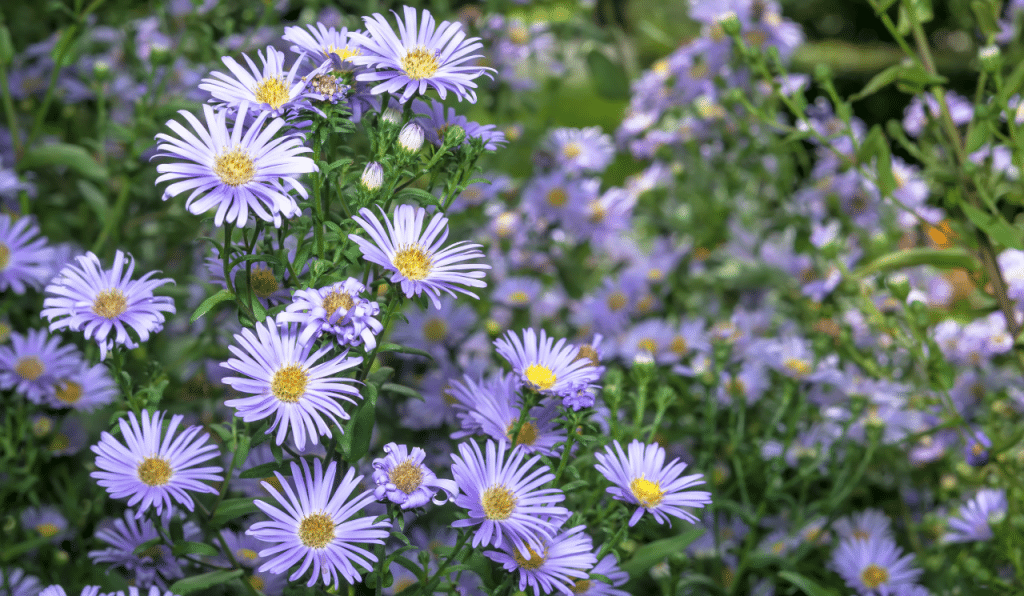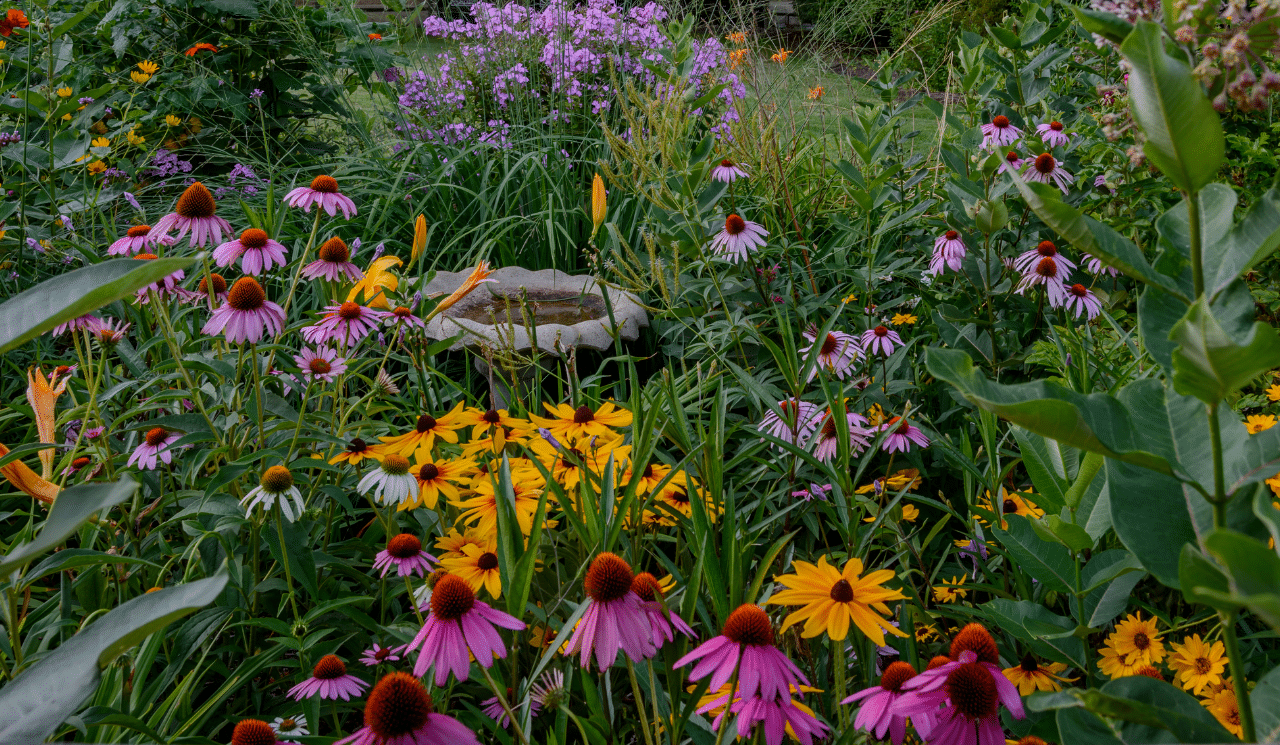In this handy blog, we give tips and guidance and how to spruce up your garden by growing and planting beautifully vibrant perennial flowers.
Whether you’re a passionate gardener or simply starting out with your first garden, you might be looking to bring a touch of beauty to your outdoor space. After all, who wouldn’t want a garden that’s not just functional but also visually appealing? If you’re like me, you might have started with a vegetable garden but quickly realised that it wasn’t quite as pretty as you’d hoped. That’s when a friend of mine suggested planting perennial flowers.
Perennial flowers are hardy and native blooms that come back year after year without any extra effort on your part. During the dormant season, the flowers and stems fade away and you’d hardly know the plant is still there, rather than looking like unsightly brown clumps in your garden. As soon as the growing season arrives, new flowers will emerge from where the old ones were.
Before you start planting perennials, it’s essential to make sure your soil has good drainage. If water tends to linger for extended periods, consider building a raised bed. A simple test is to dig a hole, fill it with water, wait a day and fill it again. The hole should be completely dry within 10 hours. If not, a raised bed is necessary.
Selecting your perennials can be a bit of a challenge, but with proper planning, you can ensure your garden is in full bloom throughout the year. Research different types of flowers and create a timeline of when they bloom. By getting the right mix of seeds, you can have a constantly changing array of colours in your garden. The great thing about perennials is that there’s a lot to choose from, with many, many different species all with their own characteristics, look, colour, and even smell.
20 Popular Perennial Flower Species
- Peonies
- Daylilies
- Shasta daisies
- Black-eyed Susan
- Iris
- Hostas
- Coneflowers (Echinacea)
- Liatris
- Bleeding heart
- Cinquefoil
- Delphiniums
- Yarrow
- Rudbeckia (Black-eyed Susan)
- Phlox
- Monarda (Bee Balm)
- Aquilegia (Columbine)
- Campanula (Bellflower)
- Salvia
- Lavender
- Foxglove

Visit your local garden centre or plant nursery and you might find custom seed mixtures for your area, making the selection process much easier. These blends are usually optimised for the local climate, so you can be sure the flowers will thrive in your garden. If a custom blend isn’t available, don’t hesitate to ask the staff for their recommendations. They’ll be happy to help you create the perfect mix for your desired outcome.
When planting perennials, use mulch for easier maintenance. Mulch helps to reduce weed growth and improves water retention. Bark or pine needles work great and might even be available for free from the rest of your yard. Use fertilizer sparingly once your plants start to grow.
Plant the seeds in small separate clumps, following the instructions, as perennials tend to spread out. If you plant too many too close together, they’ll end up competing for resources and not thriving. As you plant, add a small amount of weak fertilizer to encourage growth. In no time at all, you’ll have a beautiful garden in full bloom.

